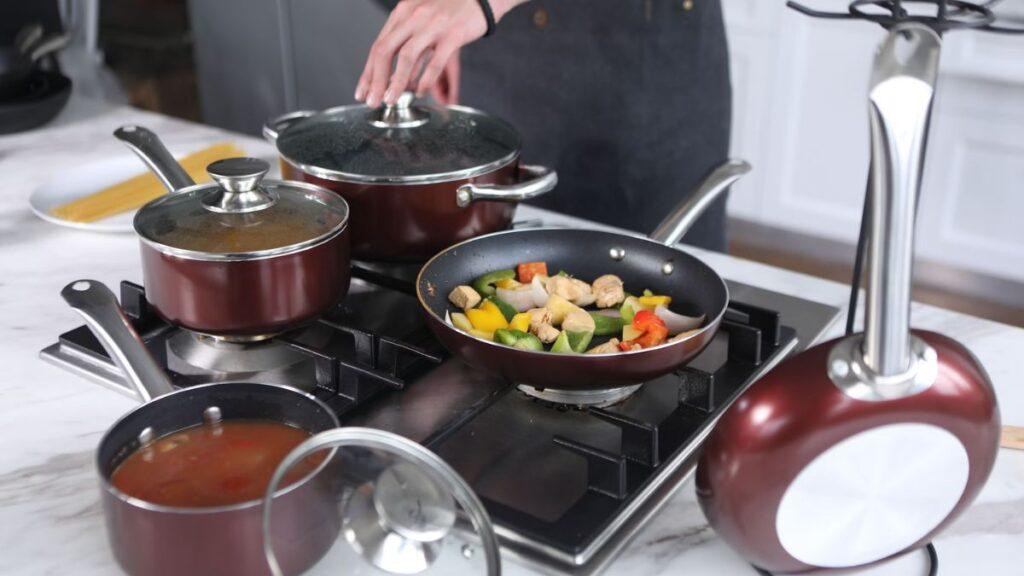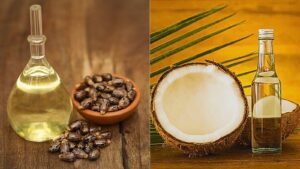Healthiest Cookware for Cooking and Storing Food: ICMR’s Dietary Guidelines Reveal Best Choices

NIN-ICMR Study Reveals Which Cookware is Best for Cooking and Storing Food
The National Institute of Nutrition (NIN), under the Indian Council of Medical Research (ICMR), has released a comprehensive ‘Dietary Guidelines for Indians’ manual, outlining seventeen key recommendations for maintaining a healthy lifestyle. Among these guidelines, the NIN-ICMR study highlights the best and safest cookware materials for cooking, storing, and serving food.
With increasing awareness about food safety and nutrition, choosing the right cookware has become crucial. The ICMR’s findings evaluate different types of cookware, their benefits, and precautions to ensure healthy cooking practices.
Safest Cookware Options According to ICMR
1. Earthen Pots – The Healthiest Choice

Earthen pots, or clay cookware, are considered the safest for cooking. They require minimal oil, provide uniform heating, and preserve nutrients without leaching harmful chemicals. Additionally, they are eco-friendly and do not alter the taste or nutritional value of food.
2. Stainless Steel – Durable and Non-Reactive

Stainless steel cookware is widely popular due to its corrosion resistance, durability, and non-reactivity with food. Unlike other metals, it does not interact with acidic or alkaline foods, ensuring no harmful substances or metallic flavors are transferred.
3. Non-Stick Cookware – Convenient but Requires Caution

While non-stick pans reduce oil usage and prevent food from burning, they must be used carefully. Heating them above 170°C (such as leaving a dry pan on high flame) can release toxic fumes from Teflon coating. Damaged coatings should be discarded immediately to avoid health risks.
4. Metal Cookware (Aluminum, Iron, Brass, Copper) – Use with Precautions

Cookware made from aluminum, iron, brass, or copper can leach metals into food, especially when cooking or storing acidic dishes like pickles, chutneys, or sambar. The ICMR advises against storing such foods in these containers for long durations.
5. Stone Cookware – Heat Retention with Care

Modern granite or stone cookware is lighter and retains heat efficiently. However, if coated with non-stick layers, they should be used at medium heat to prevent coating degradation and chemical mixing with food.
Final Recommendations
Each cookware type has unique benefits and risks. By following ICMR’s guidelines—such as avoiding high heat for non-stick pans and not storing acidic foods in metal containers—consumers can minimize health hazards while enjoying the advantages of different materials.
The ICMR’s Dietary Guidelines for Indians serve as a valuable resource for safe and healthy cooking practices. However, individuals with specific health concerns should consult their healthcare providers for personalized advice.









